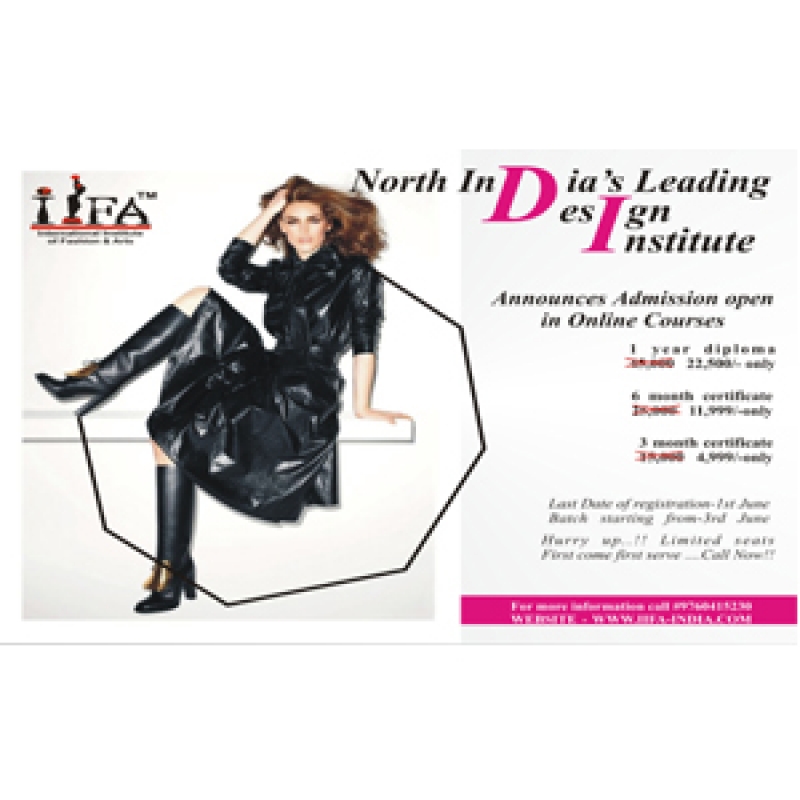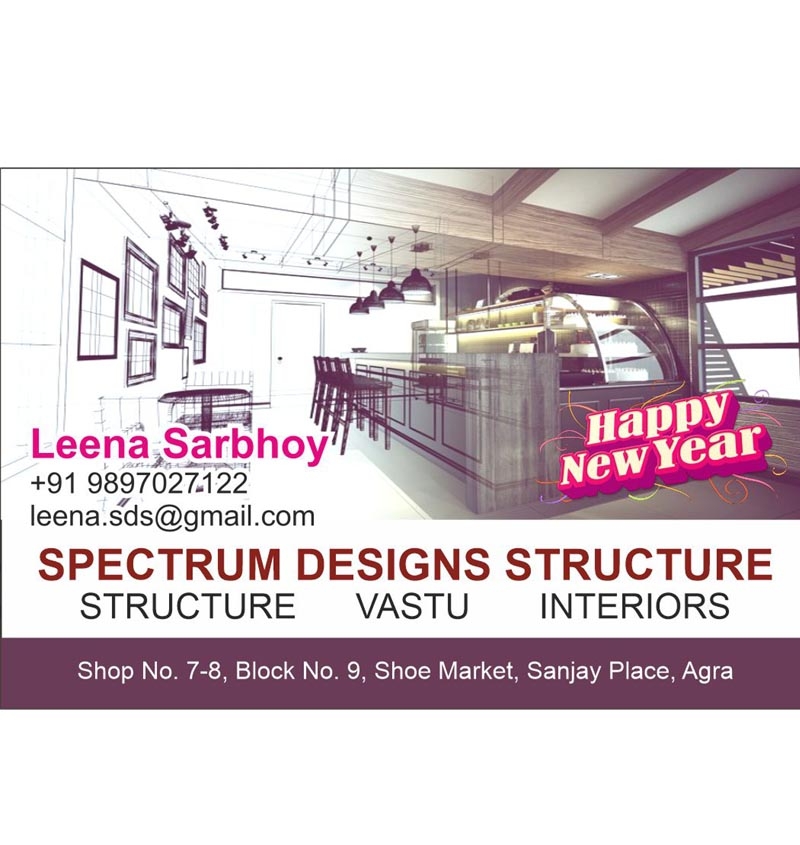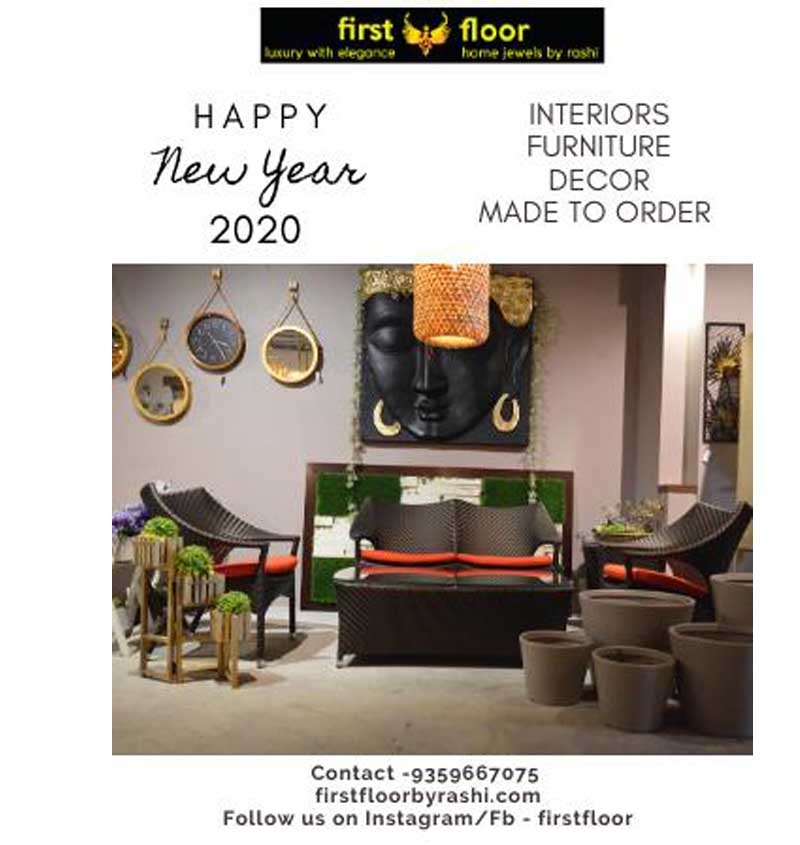What Is Perspective in Interior Design?
In essence, perspective is the technique used to represent three-dimensional objects on a two-dimensional plane, creating the illusion of depth and space. In interior design, perspective involves manipulating the positioning, size, and angles of furniture, lighting, and other decor elements to make a room feel more expansive, balanced, or intimate. Perspective can also affect how we perceive the proportions of objects and spaces, such as how high a ceiling feels or how large a piece of furniture appears in a room.
By considering perspective, designers can visually alter the dimensions of a room, making it feel either larger or more compact. This is achieved through careful arrangement, the use of focal points, and the strategic placement of elements that either exaggerate or minimize the visual weight of different areas.
Types of Perspective in Interior Design
There are several types of perspective that designers use to achieve their desired aesthetic. These perspectives create different effects and help establish the mood of a room.
1. One-Point Perspective: One-point perspective is when all lines in a room converge at a single point, usually on the horizon line. This creates a sense of depth and directs the viewer's focus toward a specific part of the room. For instance, if you're designing a long hallway or room, placing furniture or artwork in alignment with the vanishing point can make the space appear longer and more expansive.
2. Two-Point Perspective: In two-point perspective, two vanishing points are used, typically located on the horizon line. This type of perspective is often used in corner views or rooms with multiple walls. It helps convey the angles of the room and gives a more realistic, three-dimensional sense of space. For example, when designing a room that’s open on two sides, two-point perspective can emphasize the openness while maintaining the visual structure of the space.
3. Three-Point Perspective: Three-point perspective introduces a third vanishing point, which is either above or below the horizon line. This type of perspective is often used for taller or more dramatic spaces, such as atriums, lofts, or skyscrapers. It can create an illusion of height and can be used to accentuate vertical elements, like tall windows or dramatic ceilings, adding grandeur to a room.
4. Atmospheric or Aerial Perspective: Atmospheric perspective is a technique that uses color, texture, and light to create depth. Lighter tones tend to recede into the background, while darker colors appear to move forward. This perspective can be used in interior design by selecting lighter colors for walls and ceilings, creating a sense of spaciousness, while darker shades are used for furniture and decor to bring elements closer to the viewer.
How Perspective Affects Interior Space
1. Creating the Illusion of Space: In small rooms, perspective can be used to make a space feel larger. For example, arranging furniture so that lines draw the eye towards a distant point (using one-point or two-point perspective) can give the illusion of length or depth. Mirrors, for instance, are often placed strategically to reflect light and create the feeling of an expansive room.
2. Enhancing Room Proportions: Perspective helps control how we perceive the size of objects relative to the room. By understanding how different furniture pieces interact with the space, a designer can manipulate proportions to ensure everything feels balanced. For example, in a room with a high ceiling, you might use tall furniture or vertical lines to draw the eye upward, making the height feel more in proportion with the rest of the space.
3. Drawing Attention to Focal Points: Perspective plays a significant role in guiding the eye toward certain areas of a room. Designers often use perspective to highlight focal points, such as a beautiful piece of art, a fireplace, or a statement piece of furniture. This can be achieved by arranging the room so that lines or objects lead the viewer’s gaze toward the desired focus.
4. Establishing Visual Flow: Good perspective creates a sense of flow throughout a room. It ensures that there is a logical progression between different areas and objects. By maintaining a cohesive design language and considering how the human eye will naturally follow the lines and angles within the space, designers can create a harmonious, well-flowing interior.
Tips for Using Perspective in Interior Design
1. Use Light and Shadows Wisely: Lighting plays a huge role in perspective, as it can enhance or diminish depth. Placing light fixtures in such a way that they create shadows or highlight specific areas can guide the eye and emphasize certain features of the room. A strategically placed light source can enhance the feeling of depth, making a room feel more dynamic and layered.
2. Furniture Placement: The way furniture is arranged can significantly impact how space is perceived. Avoid placing all furniture against the walls, as this can create a flat, uninviting space. Instead, consider creating conversational areas and allowing for visual pathways that encourage movement through the room. Using perspective, place larger pieces of furniture closer to the viewer and smaller pieces further away to enhance depth.
3. Play with Color and Contrast: Colors and contrasts can be used to manipulate perspective. Dark colors tend to make a room feel smaller, while lighter hues can make it appear more open. For instance, using darker shades on the far wall of a room can create the illusion of a longer space. On the other hand, accent walls or bold colored furniture pieces can create depth by drawing the eye to certain areas.
4. Mirrors and Reflective Surfaces: Mirrors are a classic tool used in interior design to alter perspective. Placing a large mirror on one wall can give the illusion of more space by reflecting the room and expanding the visual plane. Similarly, reflective surfaces on furniture or decor can add layers of depth, making a room feel more open and engaging.
5. Vertical and Horizontal Lines: Vertical lines, such as tall bookshelves or high curtains, draw the eye upward, emphasizing height and creating a sense of grandeur. Horizontal lines, on the other hand, can make a space feel wider and more expansive. By playing with the scale and direction of lines, you can change how a room is perceived.
Conclusion
Perspective is one of the most effective and powerful tools in interior design. It shapes the way we perceive space, creating visual interest, enhancing the feeling of depth, and even altering the proportions of a room. By thoughtfully applying different types of perspective, designers can manipulate how a room feels—making it seem larger, more balanced, or even more intimate. Whether through furniture placement, color choices, lighting, or focal points, understanding and using perspective allows you to design spaces that are not only functional but also visually captivating and harmonious. With the right perspective, any room can be transformed into a space that feels perfect for its purpose, and perfect for you.



















Your Message